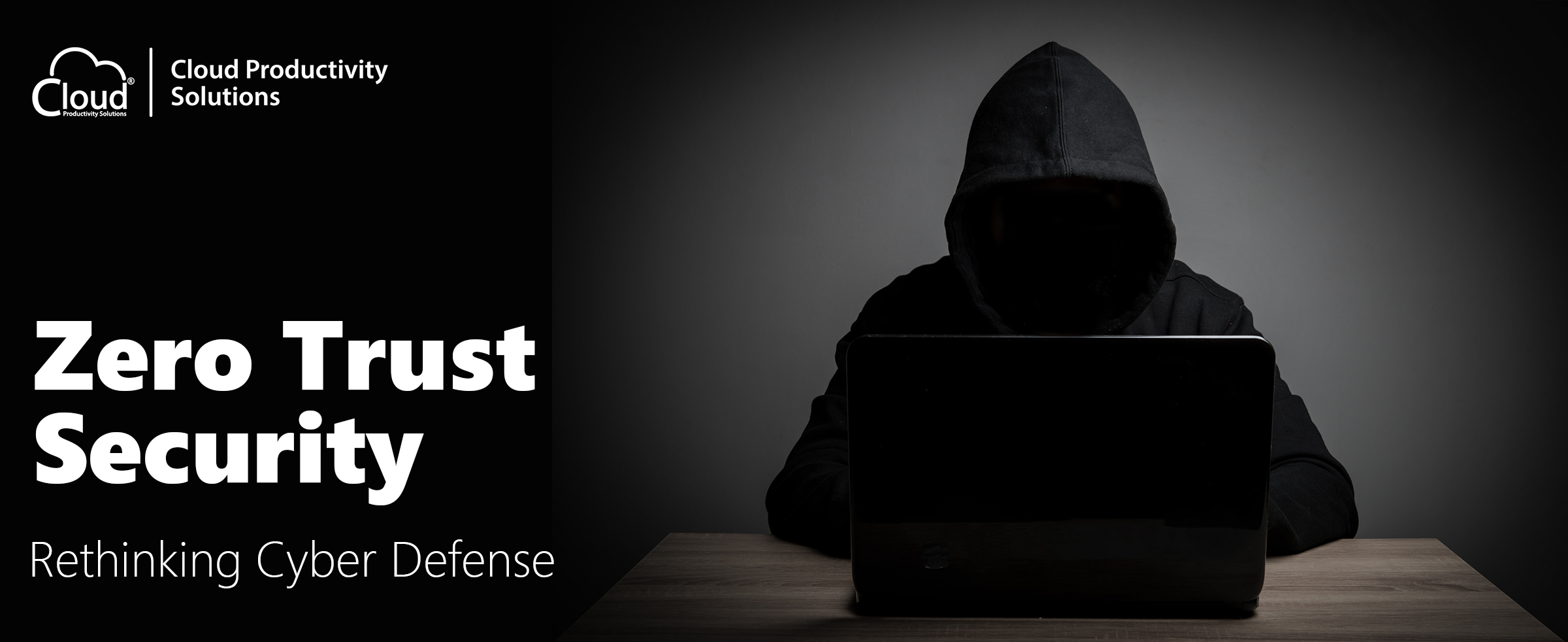
In the rapidly evolving world of cybersecurity, traditional security models are showing their limitations in effectively protecting against modern threats. As cyberattacks grow more sophisticated, organizations must take a proactive approach to safeguard their digital assets. This is where advanced antivirus for businesses and data loss prevention come into play.
The Flaws of Traditional Security Models
While traditional security measures have served organizations well in the past, their limitations have become evident in recent times. The assumption of safety within corporate firewalls is no longer sufficient, as threats can originate from both external and internal sources. Countless data breaches and cyberattacks have exposed the vulnerabilities of relying solely on perimeter defenses. A Zero Trust Security approach challenges these assumptions and offers a new perspective on cyber defense, incorporating advanced antivirus for businesses and Sacco data loss prevention.
Understanding Zero Trust Security
Zero Trust Security is founded on the core principle of “never trust, always verify.” Instead of automatically trusting users and devices behind the corporate firewall, Zero Trust assumes the possibility of breaches and treats every entity, regardless of its location, as untrusted. By adopting this proactive stance, organizations can significantly reduce the risk of successful cyberattacks, bolstered by advanced antivirus for businesses and Sacco data loss prevention.
Key Elements of Zero Trust Security
To establish a robust Zero Trust Security framework, several key components must be implemented:
- Identity and Access Management (IAM): Strong authentication methods, including multi-factor authentication (MFA), are essential to verify the identity of users and devices.
- Network Segmentation: Dividing the network into smaller segments and controlling access between these segments based on user permissions limits the lateral movement of cyber threats.
- Micro-Segmentation: Granular control over access to specific applications or services minimizes the potential attack surface and restricts unauthorized lateral movement.
- Continuous Monitoring: Behavioral analytics and real-time monitoring are used to detect anomalous behavior and potential security breaches.
- Security Orchestration and Automation: Automated responses to security incidents enable swift and effective actions against potential threats.
- Data loss prevention: Solutions essential for safeguarding sensitive information and preventing unauthorized access, ensuring the integrity and security of your data.
Advanced Antivirus for businesses: Comprehensive protection against evolving cyber threats.
By integrating these elements, organizations can construct a dynamic and multi-layered defense strategy.
Zero Trust Security represents a shift in cyber defense, offering a proactive approach to safeguarding your organization’s digital assets. Embrace the principles and benefits of Zero Trust Security, including advanced antivirus for businesses and data loss prevention, to build a resilient cybersecurity strategy for a secure and thriving future.
Our team is here to help you implement this robust security strategy to safeguard your digital assets effectively.
